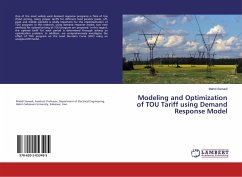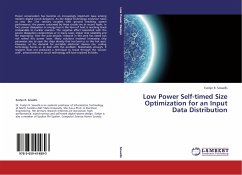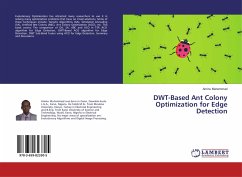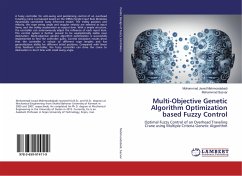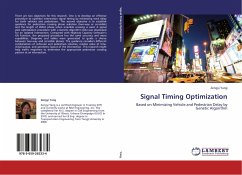
Signal Timing Optimization
Based on Minimizing Vehicle and Pedestrian Delay by Genetic Algorithm
Versandkostenfrei!
Versandfertig in 6-10 Tagen
39,99 €
inkl. MwSt.

PAYBACK Punkte
20 °P sammeln!
There are two objectives for this research. One is to develop an effective procedure to optimize intersection signal timing by minimizing total delay for both vehicles and pedestrians. The second objective is to establish guidance for pedestrian crossing phase selection (two-way or scramble) and the length of WALK phase when scramble crossing is used. A signal plan optimization procedure with a Genetic Algorithm (GA) was developed for an isolated intersection. Compared with Highway Capacity Software s GA function, the proposed procedure has the same accuracy and more capabilities. Diagrams and...
There are two objectives for this research. One is to develop an effective procedure to optimize intersection signal timing by minimizing total delay for both vehicles and pedestrians. The second objective is to establish guidance for pedestrian crossing phase selection (two-way or scramble) and the length of WALK phase when scramble crossing is used. A signal plan optimization procedure with a Genetic Algorithm (GA) was developed for an isolated intersection. Compared with Highway Capacity Software s GA function, the proposed procedure has the same accuracy and more capabilities. Diagrams and tables were generated to guide a choice between two-way and scramble phases. The guidance considers different combinations of vehicular and pedestrian volumes, relative value of time, initial queue, and geometric layout of the intersection. This research might help traffic engineers to determine the appropriate pedestrian crossing pattern at an intersection.




